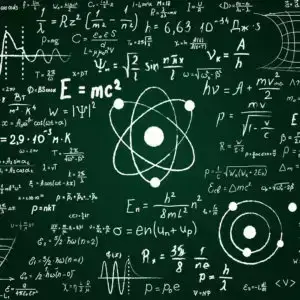Our daily experience presents time as a unidirectional flow, an apparent fundamental aspect of reality. However, within the principles of Information Dynamics, this perceived arrow of time is understood not as a fundamental law, but as an emergent statistical property.
Consider the sequence of an egg transitioning from an intact state to a broken one. This progression represents a change in information. We consistently observe this transformation but never its spontaneous reversal. The reason lies in the concept of entropy, a measure of disorder within a system. An intact egg represents a relatively ordered state, while a broken egg embodies a multitude of disordered configurations. Statistically, disordered states are significantly more probable. The number of ways an egg can be broken is vast, leading to a high-entropy state, whereas the number of ways it can be perfectly whole, a low-entropy state, is limited.
Our perception of time’s forward direction aligns with this statistical bias. The natural evolution of information states tends toward higher entropy due to the greater probability of such states. Observing an egg break is witnessing a transition from a less probable, ordered state to a far more probable, disordered one. This progression defines the temporal order we perceive.
At a fundamental level within Information Dynamics, the transitions between information states are considered symmetric. The underlying dynamics, potentially arising from an ineffable universal information, do not inherently favor a transition from order to disorder at the most basic level. However, the sheer preponderance of high-entropy states creates an overwhelming statistical tendency in that direction. Furthermore, our macroscopic observation, which doesn’t capture the reversible movements at a molecular level, reinforces this unidirectional perception of time.
Thus, from the perspective of Information Dynamics, the arrow of time, as clearly demonstrated by the example of a broken egg, emerges not as a foundational principle, but as a statistical consequence of the inherent probabilities governing the evolution of information states within the universe.


+1000 for your point about AI. In developing a framework of information dynamics where the idea of mimicry has become central to both quantum entanglement and consciousness I realize that that’s what spooks people about AI is that relatively high mimicry factor. I might have grown up in New Jersey but I never thought I would challenge Einstein, with the very capable assistance of my AI researchers, to begin formulating what he could not a unified theory of everything. And I am no one special, I just had the free time. This is this is the power synthetic knowledge unlocks.